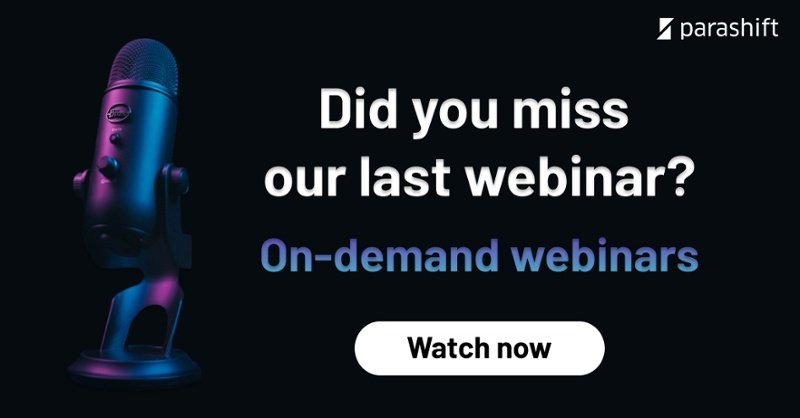Challenger Banks are not called challenger banks for nothing. With their contemporary thinking and actions, they challenge not only established banks but also other neo-banks. The rapid rise of some challenger banks should not have escaped the attention of the big banks either. Speed and ease of use are among the biggest plus points of challenger banks at the top. In this article you will learn what role OCR (Optical Character Recognition) and machine learning (ML) play in certain business areas and where challenger banks make use of these technologies.

Customers Onboarding
The differences in the handling of the customer onboarding are great. Even if onboarding is increasingly digital nowadays, there are still big differences in how these processes are structured and mapped using different technologies. In particular, for example, how the identity check is carried out. In the most extreme case, submitted photos of identity documents are processed completely manually with an additional “selfie photo” and the signature of the new customer. This process is neither time nor cost effective and is not particularly secure. So this is a point where improvement is urgently needed to keep up with the leading innovative financial service providers.
Machine learning based OCR technologies make this possible. The process is often organized as follows:
- The customer takes a photo of the ID or passport with his smartphone camera
- The OCR software extracts all relevant data, including signature and photo, and converts it into a computer-readable version
- Now the new customer sees the extracted data of the ID or passport automatically entered in the digital form for verification
- A “selfie photo” and a digital signature are now used for biometric verification
- The OCR also extracts this data and automatically compares it with the ID or passport data
- If all data match, the onboarding is successfully completed
Onboarding is thus possible within a few minutes in real time and the customer can use the offers immediately without having to wait several hours or even days for a confirmation.
For more information on the entire KYC process of banks, click on the link to the article “Transform your KYC process with KI-OCR“.
Scan-to-Pay
A different scenario. The table is cluttered with individual invoices from dozens of different suppliers that need to be entered in a system and paid. Instead of doing any manual effort for this, there are more elegant options. With a “Scan-to-Pay” function, manual invoice capture is history. Again, all that is needed is the smartphone camera that scans the invoice and the OCR that automatically extracts all relevant invoice data, which is then used to create a payment order and submit it directly for approval. With the “Scan-to-Pay” function, invoices will be child’s play in the future.
Purchasing analytics based on position data
Budgeting-App directly integrated in a bank app and always up-to-date with clients’ income and expenses. This is not just a dream of the future, but already a reality today. While individual transactions and posting amounts have been available in the context of an e-banking account for some time now, individual position data of a single transaction is rather new. Here too, the smartphone camera is used to take a photo of the receipt, the data is extracted by software and can then be verified and distinguished as individual item data (and also as categories), so that you have accurate purchasing analytics and you or your customers can clearly track their finances.
Loan and credit processes
As you certainly know, challenger banks also do not shy away from the business and the processes of loan and credit granting. Both processes require the examination and processing of a considerable amount of documents from the applicant, including for example ID or passport, the last three pay slips (in case of self-employment the tax assessment) and possibly the employment contract. If married, the number of documents doubles, since those of the spouse must also be submitted. The manual checking and processing of the documents is therefore time-consuming and very costly. Automatic data extraction by software shortens the whole process significantly (there are actually institutions that work almost synchronously), which leads to a faster granting of loans and credits, which in turn leads to happier and more loyal customers.
Processing of employment contract, salary statement, confirmation of residence and purchase contract
Through the architecture and orientation of new machine learning-powered OCR technology and the constant learning from already processed documents, the processing of employment contracts, salary statements, residence confirmations, sales contracts and other relevant document types mutates from time-consuming manual work to an automatic quick run.
Automation through intelligent, AI-based OCR is a must for modern, digital banks in order to survive in a highly competitive market with shrinking margins. The simplicity and speed not only appeals to younger generations, automated document processing also frees up capacity for employees, which in turn can be invested in other work, such as better customer retention
If you would like to find out what concrete possibilities exist, based on your specific context, to take further steps and make your processes more customer-centric, feel free to contact us. We look forward to getting to know you and getting something cool off the ground together!
